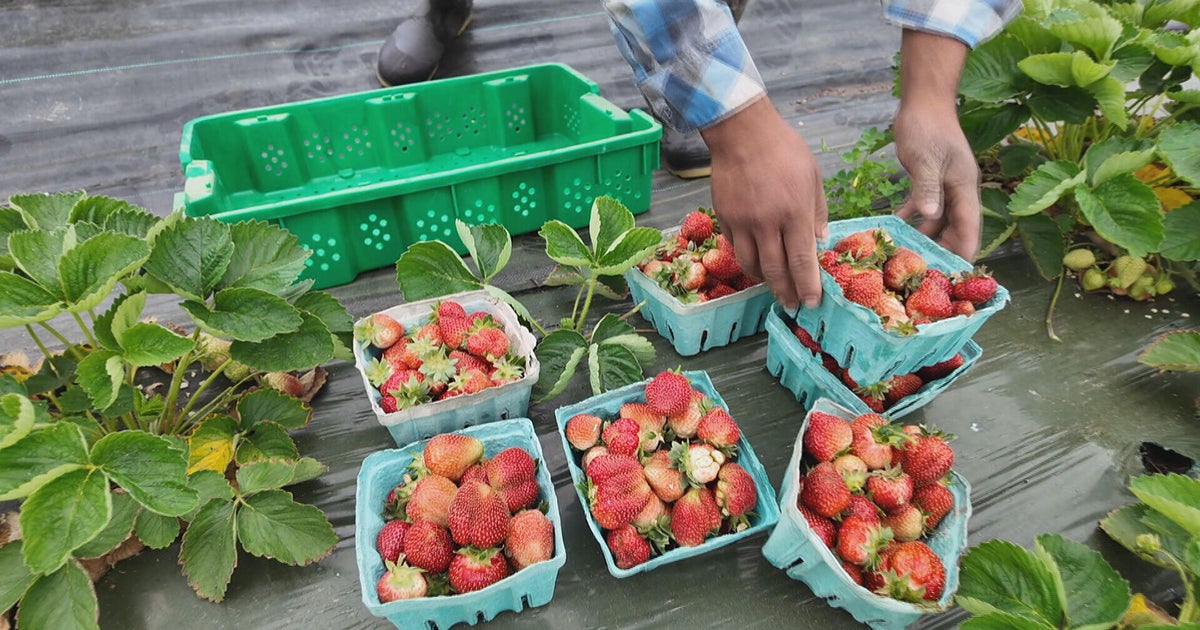Food aid groups bought from local farmers with USDA grants. Abrupt cuts leave both struggling.

Four days a week, Maile Auterson and one of her employees drive hundreds of miles across Kansas, Missouri and Arkansas to deliver fresh produce to food deserts.
Auterson’s nonprofit, Springfield Community Gardens, helps underserved schools, food pantries and senior centers. One center in Ava, Missouri, is the only place for many where they can get a hot meal.
Springfield Community Gardens is one of many organizations that relied on grants from the United States Department of Agriculture to distribute produce to schools and low-income communities through two pandemic-era federal programs. They provided about $1 billion in funding to schools and food banks to buy food directly from local farms, ranchers and producers.
But in March, the USDA abruptly canceled the programs, calling the decision a “return to long-term, fiscally responsible initiatives.”
Now, Auterson says, “some of the most vulnerable people” are without adequate access to food, including children and senior citizens.
“We are not past the effects of the pandemic,” Auterson added.
The impact of the recent cuts are also trickling down — aid groups used USDA grants to buy food from small farms like the one owned by Liz Graznak.
“It was devastating. I don’t know those families, but I know those families are desperate for the food that they were getting,” Graznak said.
Graznak said the grant programs were “huge” for her farm. She rented an extra 16 acres to harvest more onions, garlic and peppers to keep up with demand.
“A quarter of my annual sales were going to those programs, and when they said that that money is gone, I thought, ‘Oh my god, well now what do I do?'” Graznak said.
Nationwide, more than 8,000 small farmers were supported by the programs. Advocates warn the cuts could ripple through food deserts, rural communities and urban areas where access to healthy food is miles away.
With food insecurity in Missouri above the national average at 15%, according to Feeding America, local farmers help bridge the gap.
Auterson says they will still be able to feed people, but “not nearly as many.”
[title_words_as_hashtags




